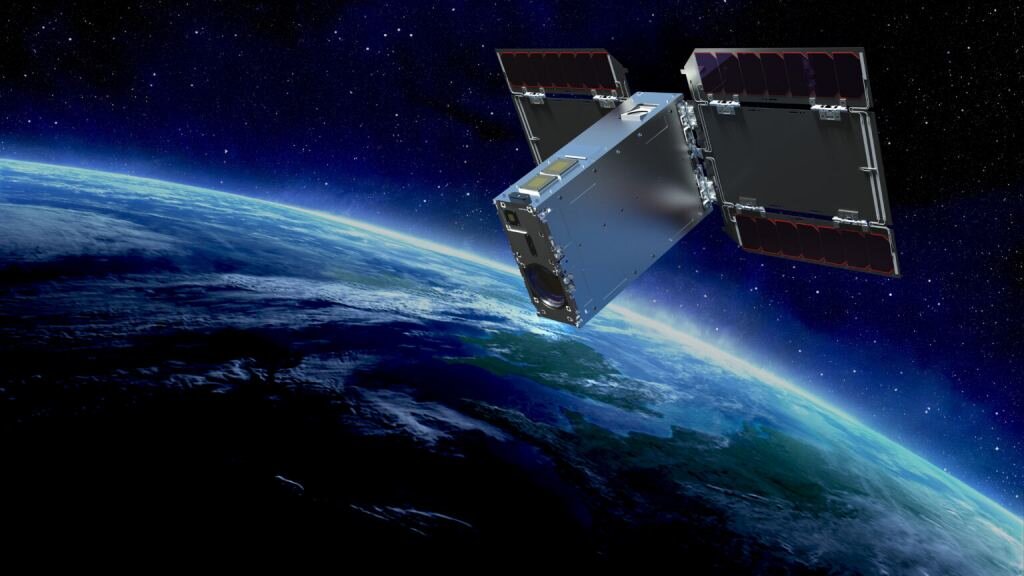The Japanese company Pale Blue has tested a thruster on water in Earth orbit. With its help, it was possible to correct the orbit of the Sony EYE satellite. The company is preparing to try out other types of similar devices.

Thruster on the water
The Japanese company Pale Blue, which name is a reference to the famous saying of Carl Sagan about our planet, recently surprised the world. In early March, they tested a jet thruster running on ordinary water in orbit.
The idea of using the most common liquid on Earth is not new. And Pale Blue makes its own developments for more than a year. But it was really possible to check whether the idea works at all only now, when the Sony EYE satellite was launched into orbit as part of the STAR SPHERE program.
It was its thruster on the water that helped move it. The pulse lasted two minutes. Sony EYE appeared in the target orbit. There, the spacecraft will take photographs of the earth’s surface, which is its main task.
Pale Blue thrusters
Pale Blue was founded at the University of Tokyo three years ago. Since then, engineers have managed to develop several types of thrusters on the water. The Sony EYE used on the satellite belongs to the simplest of them — “resistojet”. In fact, it simply pushes water through the pipe in one direction, giving the satellite acceleration in the opposite direction.
But the company is not going to stop there. They are working on a different type of water-based thruster, more like an ion thruster than a simple reactive mechanism. In it, water is sprayed using a microwave plasma source and ejected from the rear of the power plant, like other similar structures. However, it also uses several new ideas, including a plasma generation system and an evaporation chamber design.
Although they haven’t had a chance to test their ion thruster in space yet, the company is planning something even more ambitious – combining two thruster configurations into one hybrid thruster. Such a thruster will have both a large specific impulse and a powerful thrust. The system is still very far from a test flight, like the one that just ended, but the recent test gives the company an excellent basis for continuing its development.
According to phys.org
Follow us on Twitter to get the most interesting space news in time
https://twitter.com/ust_magazine

